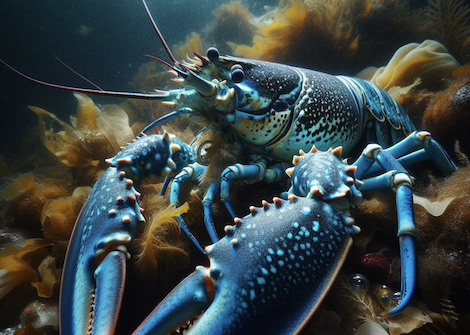
Introduction
Lobsters, with their robust claws and distinctive exoskeletons, are a staple of marine cuisine and a fascinating subject of study. While most lobsters showcase a typical reddish-brown hue, there exists a rare and captivating variant known as the blue lobster. These strikingly colored crustaceans have become a symbol of nature's unpredictability and diversity.
The Rarity of Blue Lobsters
Blue lobsters are a rare phenomenon, making up only a small fraction of the global lobster population. Estimates suggest that the chances of encountering a blue lobster are approximately 1 in 2 million. This rarity adds to their allure, making them highly sought after by marine enthusiasts, scientists, and collectors alike. Blue lobsters, however, are not the rarest of all lobsters. That distinction goes to the white lobster, which occurs only once in every one hundred million lobsters.
Causes of Blue Coloration
The vibrant blue coloration of these lobsters is not a result of pigmentation, as in the case of red lobsters, but rather a unique genetic mutation. Blue lobsters carry a genetic anomaly that causes an overproduction of a certain protein. This protein, when combined with a red carotenoid molecule present in their diet, results in the brilliant blue coloration that sets them apart from their counterparts.